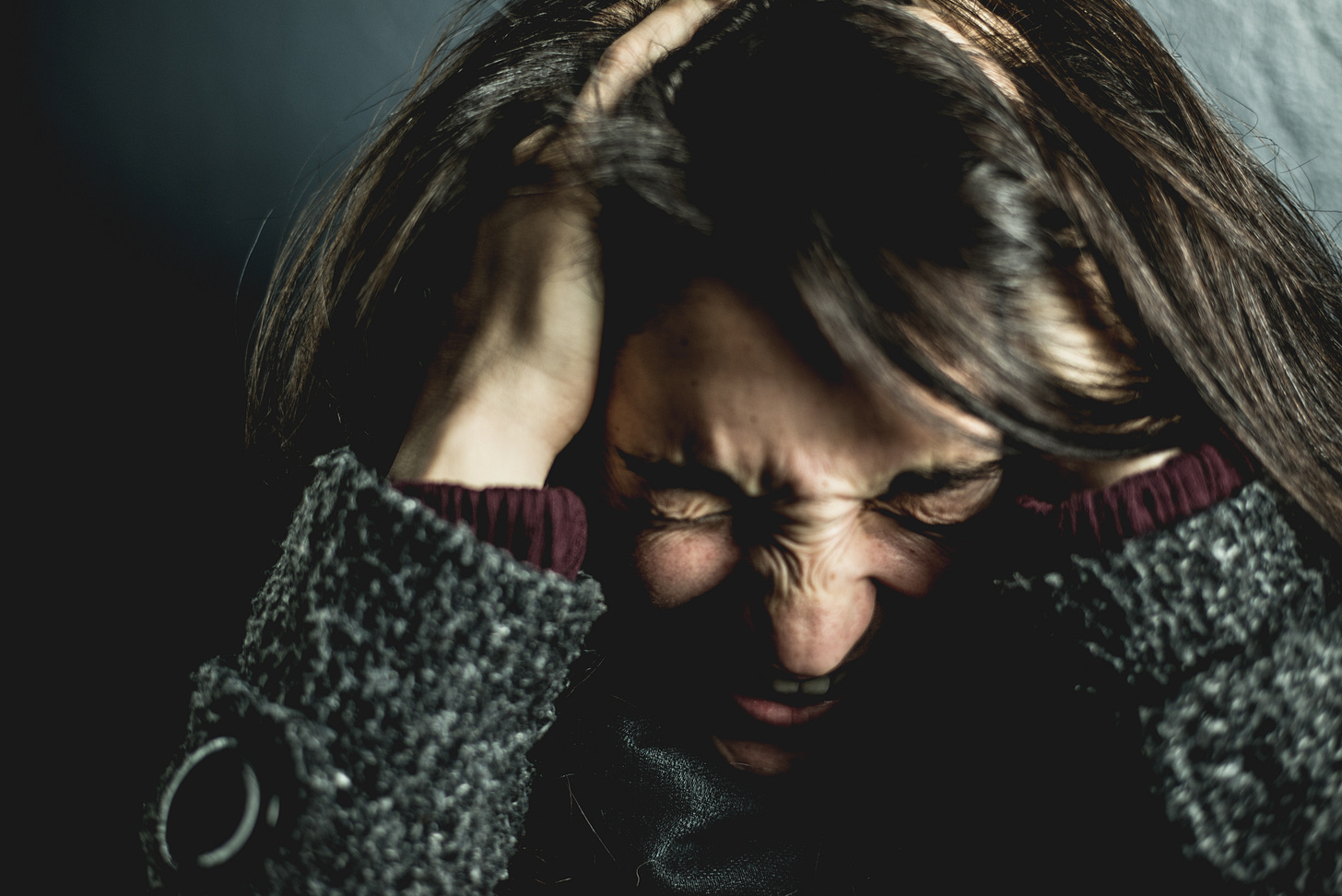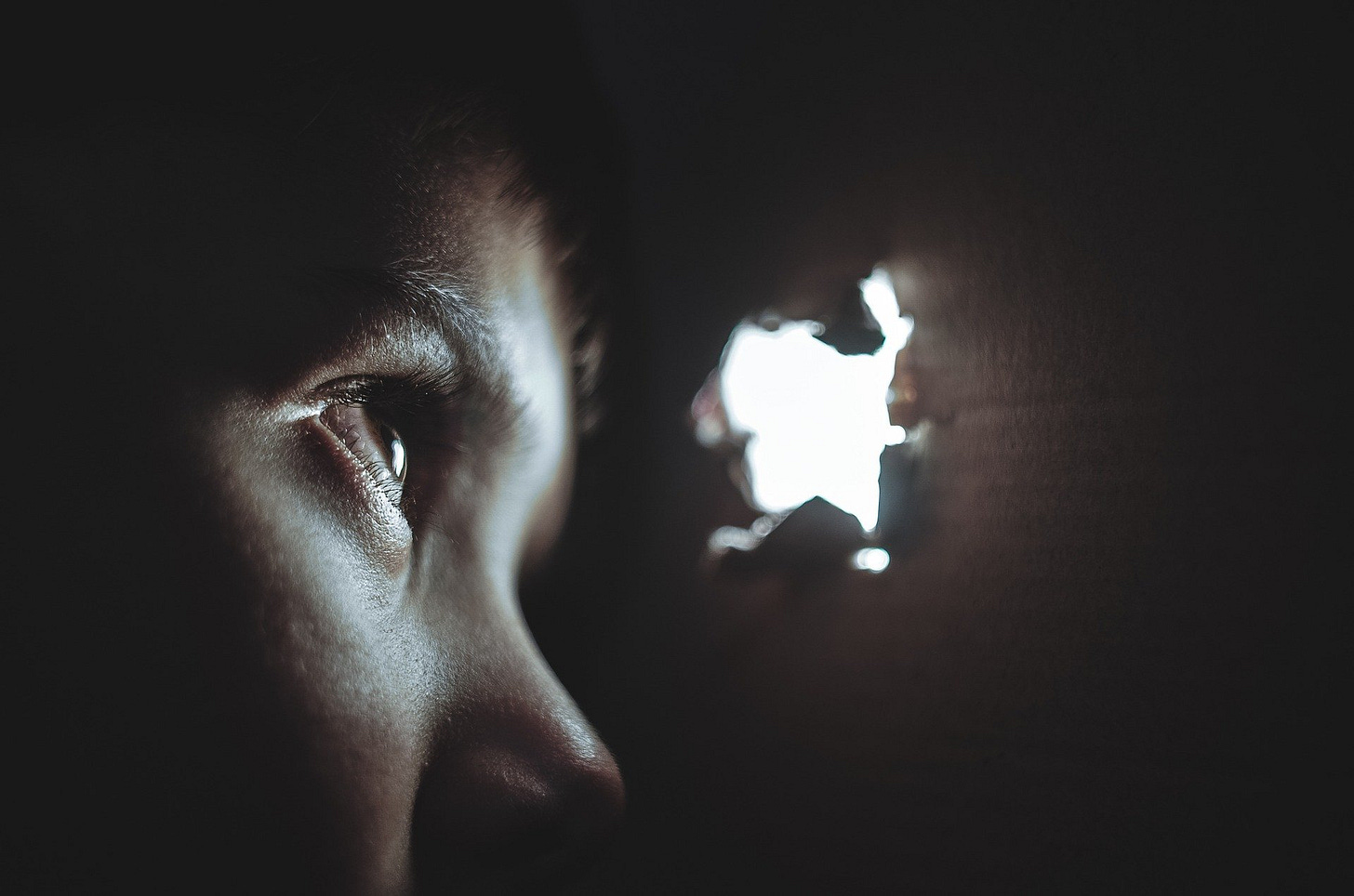The fear of fear: panic attacks
Panic attacks are the sudden onset of an intense sense of fear, discomfort and anxiety, accompanied by both emotional and physical symptoms.
They can be expected, when they occur in the presence of specific situations, such as at the time of takeoff for those who fear flying, but also unexpected, when it is not possible to identify a trigger. This type of panic attack, in particular, is especially unpleasant and disabling, since those who are affected are unable to understand what to do in order to regain control of their mind and body, failing to find a cause for their discomfort.
Recognizing the signs
In a panic attack, the heart starts beating fast, one has the feeling of not being able to breathe enough, of not having enough air and of being about to suffocate, feelings that explain why panic attacks are often confused with heart attacks. In addition, one may feel strange, almost alienated from oneself, the limbs may be numb, weak, and one may experience intense chest pain.
Other common physical symptoms include sweating, shaking, nausea, feeling light-headed or fainting, chills or hot flashes.
As the physical symptoms intensify, anxiety and fear also grow, gradually becoming real terror. Negative and confusing thoughts make their way into the mind, not at all easily controlled. One may fear to die, to go crazy, to have no way out or to never return to normal.
Generally, a panic attack has a limited duration, reaching its maximum intensity in 10 minutes or less, but due to the extreme unpleasantness of the experience, one has the feeling that time expands indefinitely, leaving deep marks even after returning to normal.
The consequences
Typically, after the first sudden panic attack, people dread the repetition of the terrifying experience and sometimes begin to live in fear of a new crisis.
In this way, a harmful vicious circle of "fear of fear" is nourished, which leads the person to retreat more and more into protected, known, controllable and safe situations.
Avoidance behaviors are among the most common effects of a panic attack. People attempt not to go to the places where the attack occurred, or they eliminate from their diet the food they were eating when it happened, up to real rituals, such as "safe" gestures and habits that they are convinced can avert the crisis. For example, one can even follow a daily "anti-panic" routine that involves the rigid and invariable repetition of the same actions, accompanied by the belief that, if these were not respected, an attack would automatically occur as a consequence.
Because of the progressively more invasive avoidance behaviors, one feels increasingly lonely. Walls are built all around to defend themselves, to preserve personal balance and to avoid suffering. People convince themselves that all this is necessary, that it is the only way to go on. One is afraid that the panic attacks will return and waiting for them becomes an ordeal in itself, leading the person to feel constantly in danger, fragile and defenseless.
What to do to overcome the crisis?
When a panic attack strikes, it is important to know what to do. First of all, it is essential to learn to recognize a panic attack and to distinguish it from other manifestations, becoming aware of the various phases of onset, maximum intensity and decline. On the contrary, it is counterproductive to try to pretend as if nothing happened or to belittle a panic attack, because there is a risk of worsening the situation and intensifying the unpleasant sensations.
It should then be kept in mind that in most cases the panic experienced is not related to real dangers, although the body reacts by activating an escape mechanism from the threat. In addition, it is critical to recognize that panic attacks are neither deadly nor never-ending.
An effective strategy can be to move away from the situation in which one finds himself, for example, trying to get out of the crowd, or sitting down, opening windows or moving to a shady or quieter area.
It is also helpful to pause and slow down the rate of breathing. Instead of trying to control the catastrophic thoughts that are usually associated with an attack, it is better to focus on the breathing to slow it down.
For this purpose, a rudimentary but generally effective strategy is to place one hand at navel level and focus solely on the air entering and leaving the body. More elaborate techniques, but requiring specific knowledge and practices, are yoga, meditation and autogenic training.
One can also mentally estrange oneself, for example by counting or solving mathematical operations, or by imagining in detail pleasant situations or the face of a trusted person.
When a panic attack becomes a disorder
At this point, it is necessary to dispel the myth according to which those who suffer from panic attacks automatically have a mental disorder, and are, therefore, mentally ill. About 30% of people have had or will have at least one panic attack in their lifetime, making it a very common phenomenon.
As a matter of fact, a panic attack does not constitute a mental disorder to be treated, unless it becomes the central element of the life of the person who suffers from it, organizing his existence, leading him to avoid a large number of places or situations and limiting his possibilities, feeding a sense of fragility, perpetual worry and lack of control, and making him feel perpetually waiting for a new attack.
In these cases, it is important not to rely on do-it-yourself remedies, one of the most harmful being the autonomous use of drugs, which often becomes inconsiderate, inconstant and excessive, until it evolves into full blown abuse. Instead, it is necessary to ask for the intervention of a specialist, who can help the person to understand his discomfort and redirect him to the most appropriate type of therapy for the particular characteristics of the case.








